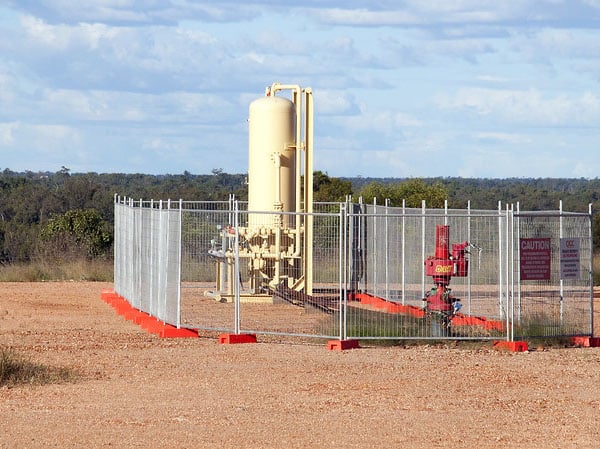It absorbs the effects of pre-existing soil stress, lithification, diagenesis, temperature change and the actual strains to which the rock mass has been subject. Where the rock is of igneous origin, the first two aspects that may contribute to stress will not apply.
Tectonic strain values are quoted because these tend to be more consistent through strata of varying stiffness than stress measurements and it is the exception if they are not. Such exceptions need to be investigated as they are invariably associated with a stress release through faulting or an erosional surface or unconformity in the sedimentary history. The tectonic strains can be used to calculate stresses in strata where the stress measurements have not been undertaken, but rock properties are known. This strain should also be the basic loading applied to numerical models.
Figure 1 shows the effects of monotonic changes in tectonic strain on the stress of sedimentary strata with varying mechanical properties.

Figure 2 shows the results of stress measurements conducted by Sigra from a real project in the Bowen Basin of Central Queensland, Australia. As can be seen, the major tectonic strains are far more even than the major stresses. The reason for this is the varying stiffness of the rock units.


















